Colectivo C733’s 36x36 Wins 2024 Obel Award

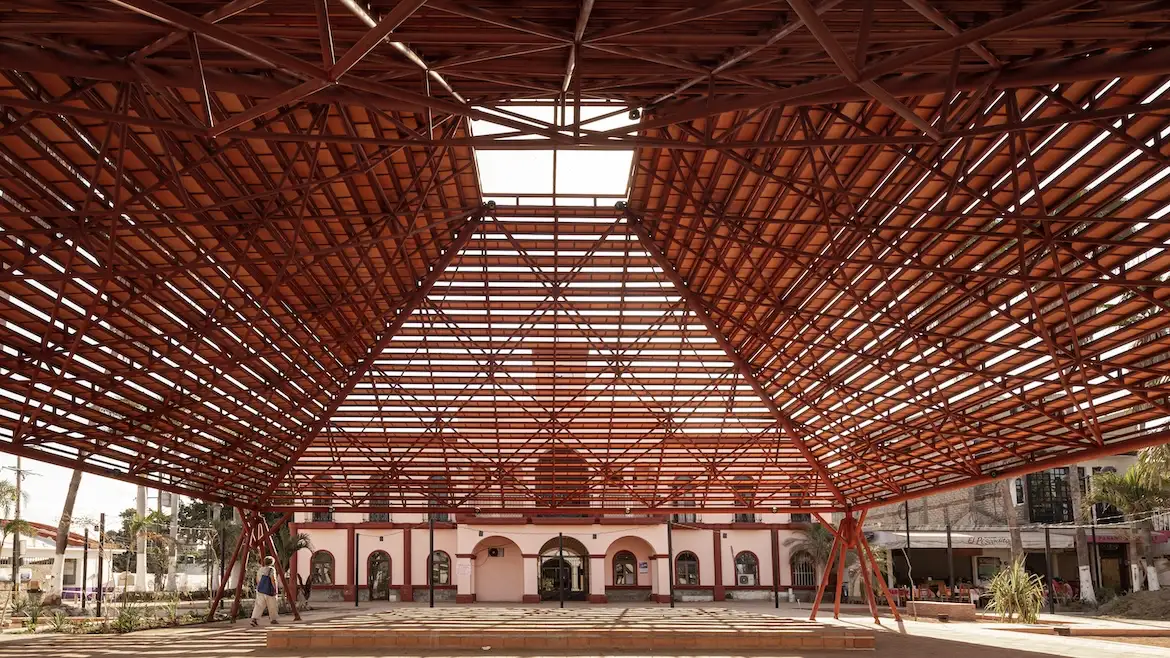
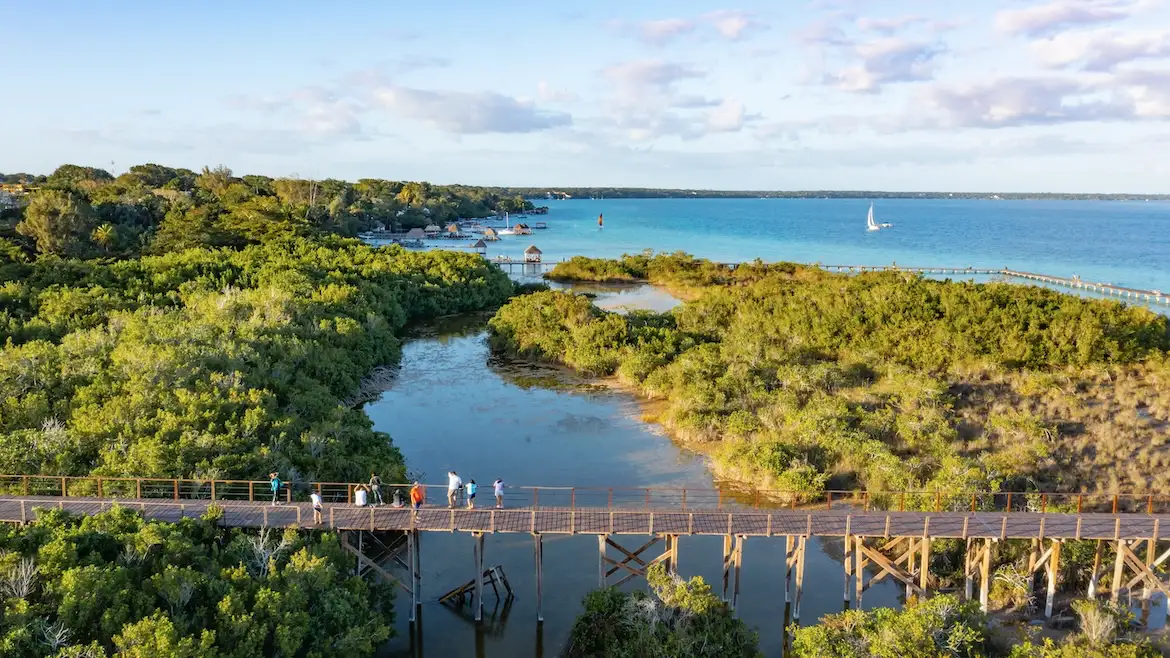
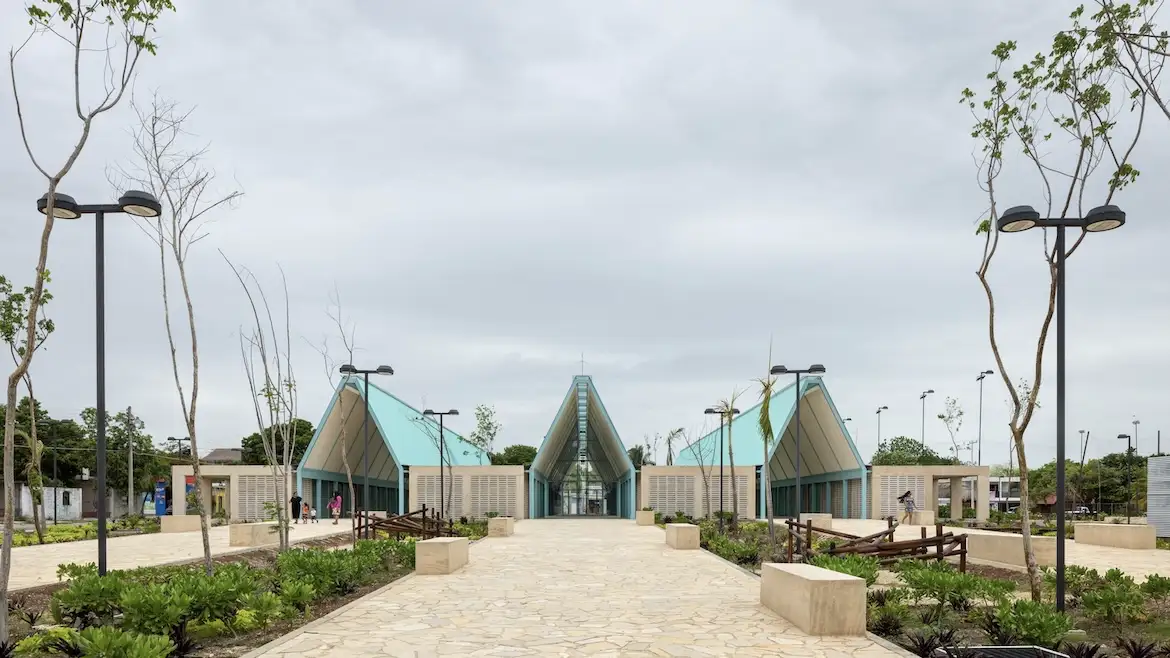
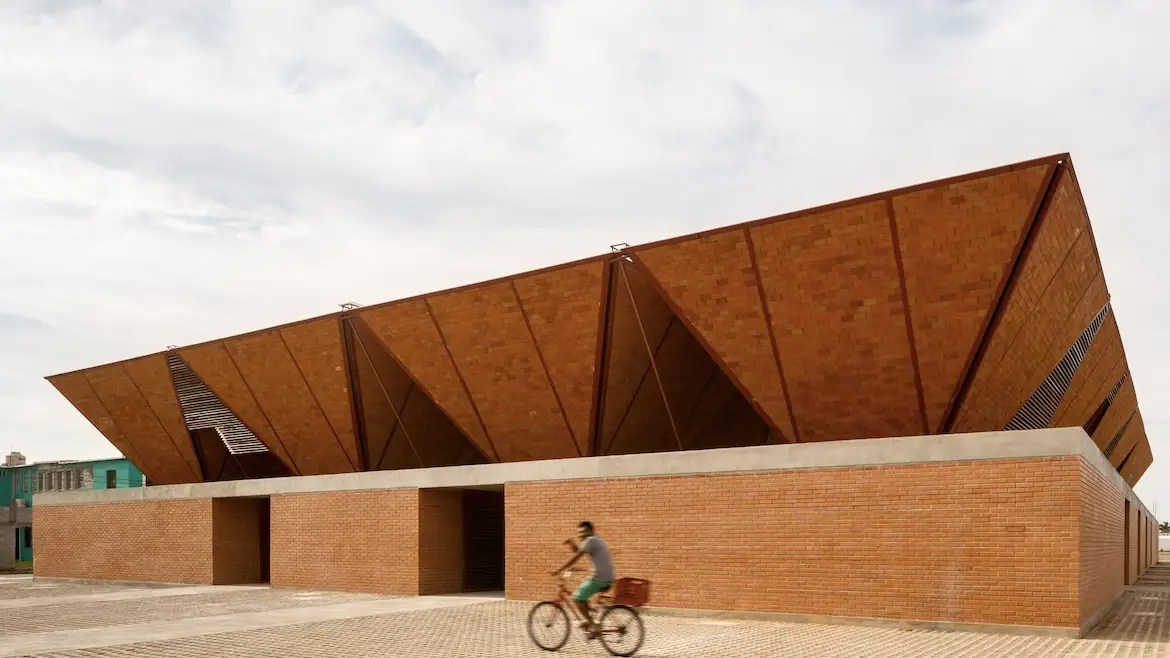
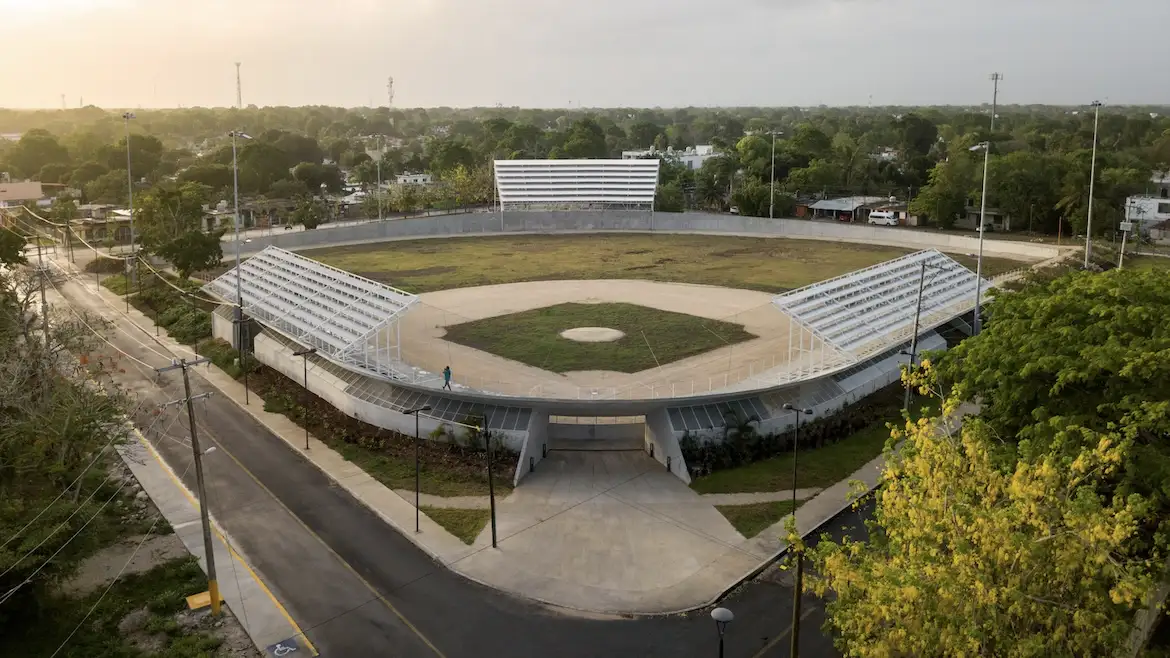






A herculean social architecture initiative led by Mexico City–based Colectivo C733 has been named as winner of the sixth-annual Obel Award. Springing from a competition organized by SEDATU (Mexico’s Secretariat for Agrarian, Land, and Urban Development), Colectivo C733’s 36x36 project involved the design and construction of 36 diverse public spaces—markets, sports facilities, libraries, cultural centers, parks, plazas, and more—located in disadvantaged communities, rural and urban, across Mexico. All 36 projects were completed in a zippy 36 months.
The award jury praised Colectivo C733—comprising the architecture studios of Gabriela Carrillo (Taller Gabriela Carrillo) and Carlos Facio and José Amozurrutia (TO), along with Eric Valdez Olmedo (Labg) and Israel Espin—for “coming together as an architectural meta-collective to design and deliver the projects under complex social, political, environmental, and financial constraints.”
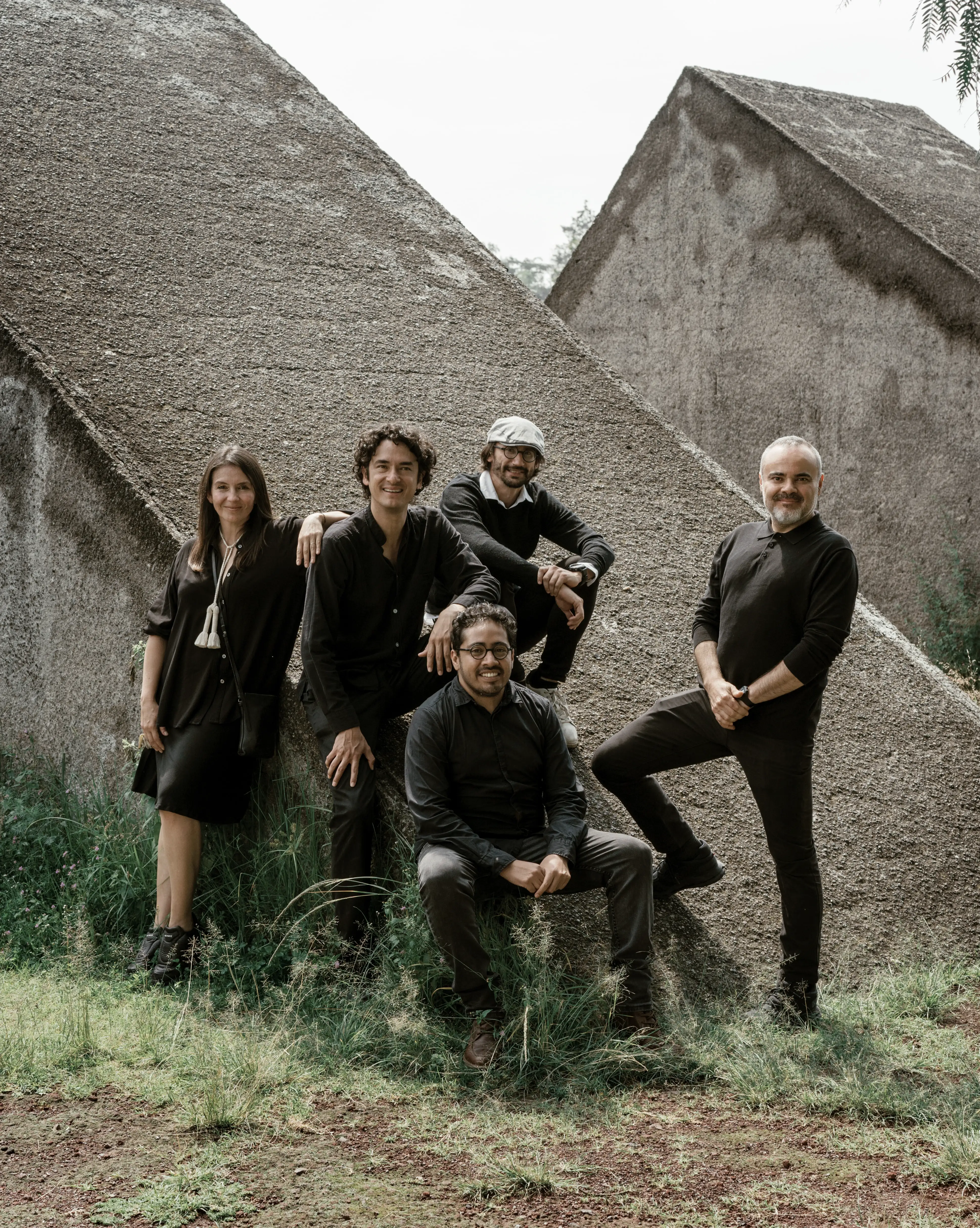
Colectivo C733. Photo © Luis Garvan
“Colectivo C733 exemplifies the power of collective action and collaborative design to rapidly respond to urgent urban needs,” reads the jury statement. “Their ability to transform 36 communities through thoughtful, resource-efficient, and dignified architectural interventions is a blueprint for future public works projects worldwide.”
Colectivo C733 joins past Obel Award honorees such as SCAPE, Anna Heringer, and Junya Ishigami. Established in 2019 as the flagship program of the Copenhagen-based Henrik F. Obel Foundation, the award seeks to honor design projects designed “in service of both people and the planet.” Each year’s awardee falls under a different thematic focus; the 2024 cycle, titled Architectures WITH, celebrates the act of designing with communities, not for them. The theme, the award organizers explain, “looks at navigating the difference between participation and co-creation as well as bringing in other bodies of knowledge to the center of the design process.”

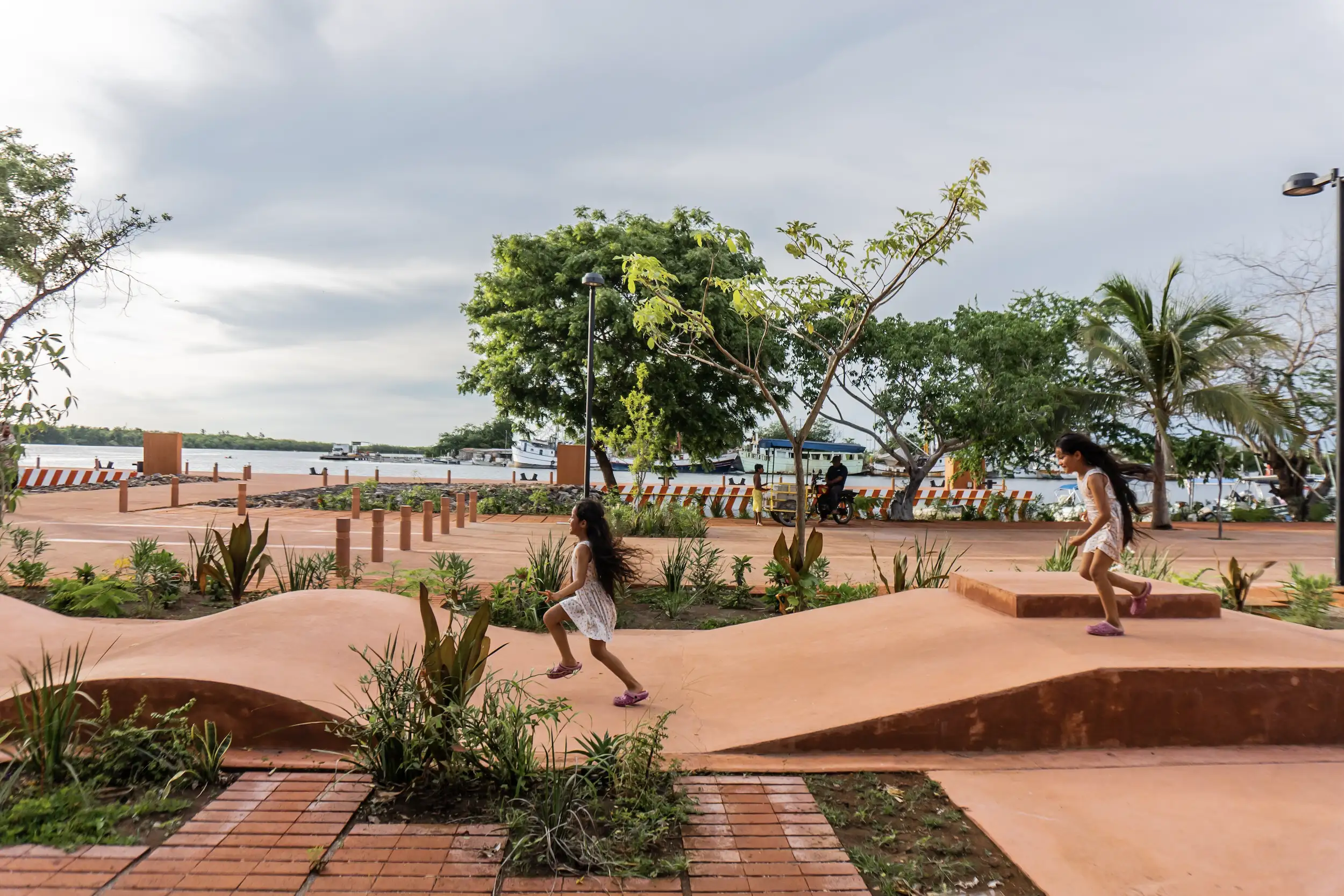
San Blas Pier, San Blas, Nayarit (2021-2022). Photos © Rafael Gamo
“It is important not to underestimate the complexity nor the collective intelligence of a community,” elaborates 2025 Obel Award jury chair, Snøhetta cofounder Kjetil Trædal Thorsen. “The symbiosis appears when each party can listen to the other, when respectfulness and social intelligence is employed throughout the project.”
Joining Thorsen on this year’s jury was Aric Chen, director of the Nieuwe Instituut in Rotterdam; ; Nathalie de Vries, founding partner of MVRDV; Louis Becker, global design principal at Henning Larsen Architects; Sumayya Vally, founding principal of Counterspace; Xu Tiantian, founding principal of DnA Design and Architecture; and Dr. Wilhelm Vossenkuhl, professor emeritus at Ludwig-Maximilians-Universität München.
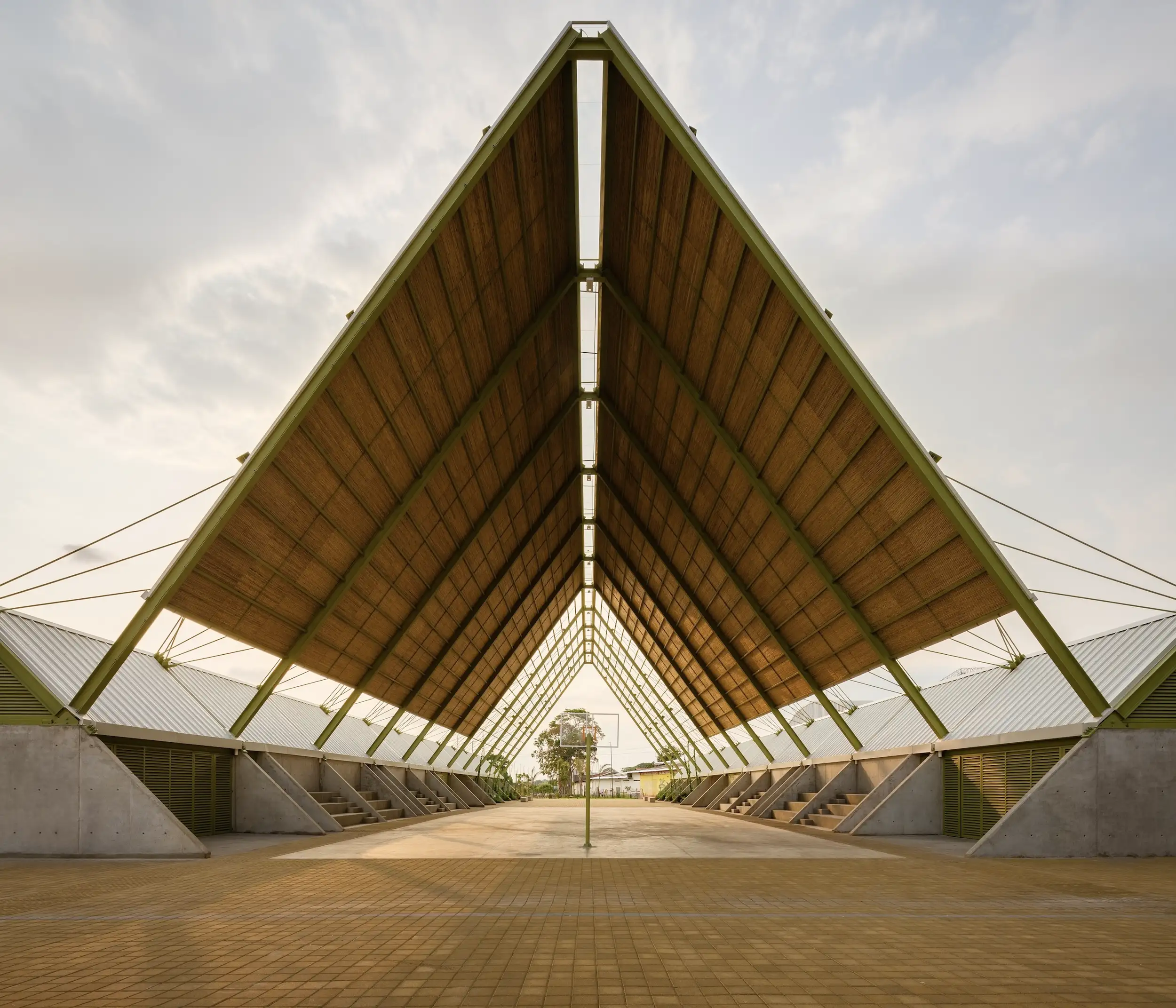
Tapachula Station, Tapachula, Chiapas (2020). Photo © Rafael Gamo
While the interventions completed as part of 36x36 are spread throughout Mexico, there are a handful of geographic focus areas where multiple interventions were completed. For example, myriad communities in the state of Tabasco, in the southeast of the country, are home to new public plazas, parks, multiple sports complexes, a music hall, a multitasking community center, and other civic anchors. Outside of Tabasco, communities to benefit from 36x36 include Ayoxuxtla, Puebla; San Blas, Nayarit; Xpujil, Campeche; and Bacalar, a seaside town in the state of Quintana Roo, where one of the six projects completed include an overwater eco-park in which visitors traverse a series of wooden boardwalks through a mangrove forest and across a turquoise-hued lagoon. The bamboo roof–topped Guadalupe Market, one of two projects in Tapachula, Chiapas, was shortlisted for the 2023 Mies Crown Hall Americas Prize.
The C733 team, which has close ties with the UNAM School of Architecture, was inspired by the work of Uruguayan engineer Eladio Dieste, who brought artistry and structural innovation to a range of quotidian structures like markets, churches, and agricultural buildings as a figurehead of Latin American Modernism.

Ayoxuxtla Elementary School, Ayoxuxtla, Puebla (2021-2022). Photo © Rafael Gamo

San Juan Park, Tenosique, Tabasco (2020-2021). Photo © Albers Studio
As the jury remarks in its statement, Colectivo C733 embraced a strategic approach that enabled them to “generate a modular, flexible, and low-cost building system which allowed for numerous combinations and iterations to be contextualized, resulting in a family of works with a distinct architectural kinship. Therefore, although the projects vary greatly in community, context, and typology, there is a dignified and tectonic signature tying the 36x36 together.”
“The commitment and dedication to community, and the informed, responsive and rapid design that Colectivo C733 have produced, is a hopeful approach that we believe can be learned from and adapted around the world,” concluded the jury.










